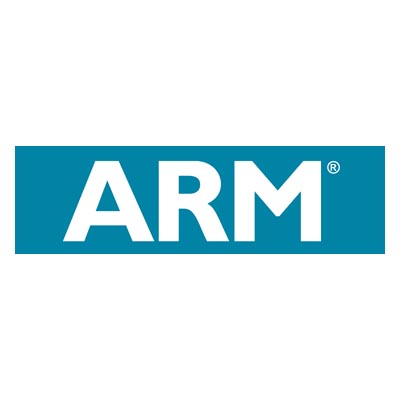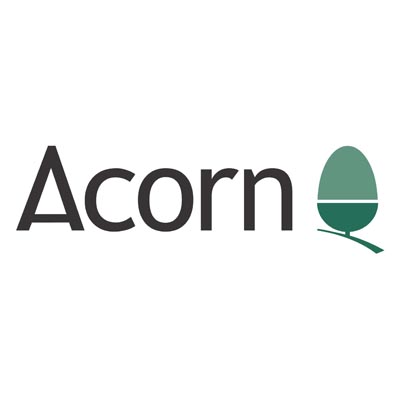ARM architecture
Introduction: 1985
The ARM architecture (originally the Acorn RISC Machine) is a 32-bit RISC processor architecture that is widely used in a number of embedded designs. Due to their power saving features, ARM CPUs are dominant in the mobile electronics market, where low-power is a critical design goal.
Today, the ARM family accounts for over 75% of all 32-bit embedded CPUs, making it one of the most prolific 32-bit architectures in the world. ARM CPUs are found in all corners of consumer electronics, from portable devices (PDAs, mobile phones, media players, handheld gaming units, and calculators) to computer peripherals (hard drives, desktop routers). The most noticeable branch in this family nowadays is Intel's XScale.
The team completed development samples called ARM1 by 1985, and the first "real" production systems as ARM2 the following year. The ARM2 featured a 32-bit data bus, a 26-bit address space giving a 64 MB address range and 16 32-bit registers. One of these registers served as the (word aligned) program counter with its top 6 bits and lowest 2 bits holding the processor status flags. The ARM2 was possibly the simplest useful 32-bit microprocessor in the world, with only 30,000 transistors (compare with Motorola's four-year older 68000 with around 68,000). Much of this simplicity comes from not having microcode (which represents about 1/4 to 1/3rd of the 68000) and, like most CPUs of the day, not including any cache. This simplicity led to its low power usage, while performing better than the 286. A successor, ARM3, was produced with a 4KB cache which further improved performance. The most successful implementation has been the ARM7 TDMI with hundreds of millions sold in mobile phones, handheld video game systems, and Sega Dreamcasts.
ARM Ltd does not manufacture and sell CPU devices based on their own designs, but rather, licenses the processor architecture to interested parties. ARM offers a variety of licensing terms, broken down by cost and deliverables. Many hightech semiconductor firms hold ARM licenses: Broadcom, Cirrus Logic, Freescale (spun off from Motorola in 2004), Fujitsu, Intel (through its settlement with DEC), IBM, Infineon Technologies, Texas Instruments, Nintendo, Philips, VLSI, Atmel, Sharp, Samsung, and ST Microelectronics are some of the many companies who have licensed the ARM in one form or another. Although ARM's license terms are covered by NDA, within the IP industry, ARM is widely known to be among the most expensive CPU cores. A single customer product containing a basic ARM-core can incure a one-time license fee in excess of (USD) $200,000. Where significant quantity and architectural modification are involved, the license fee can exceed $10M.
Source: Wikipedia, the free encyclopedia.


